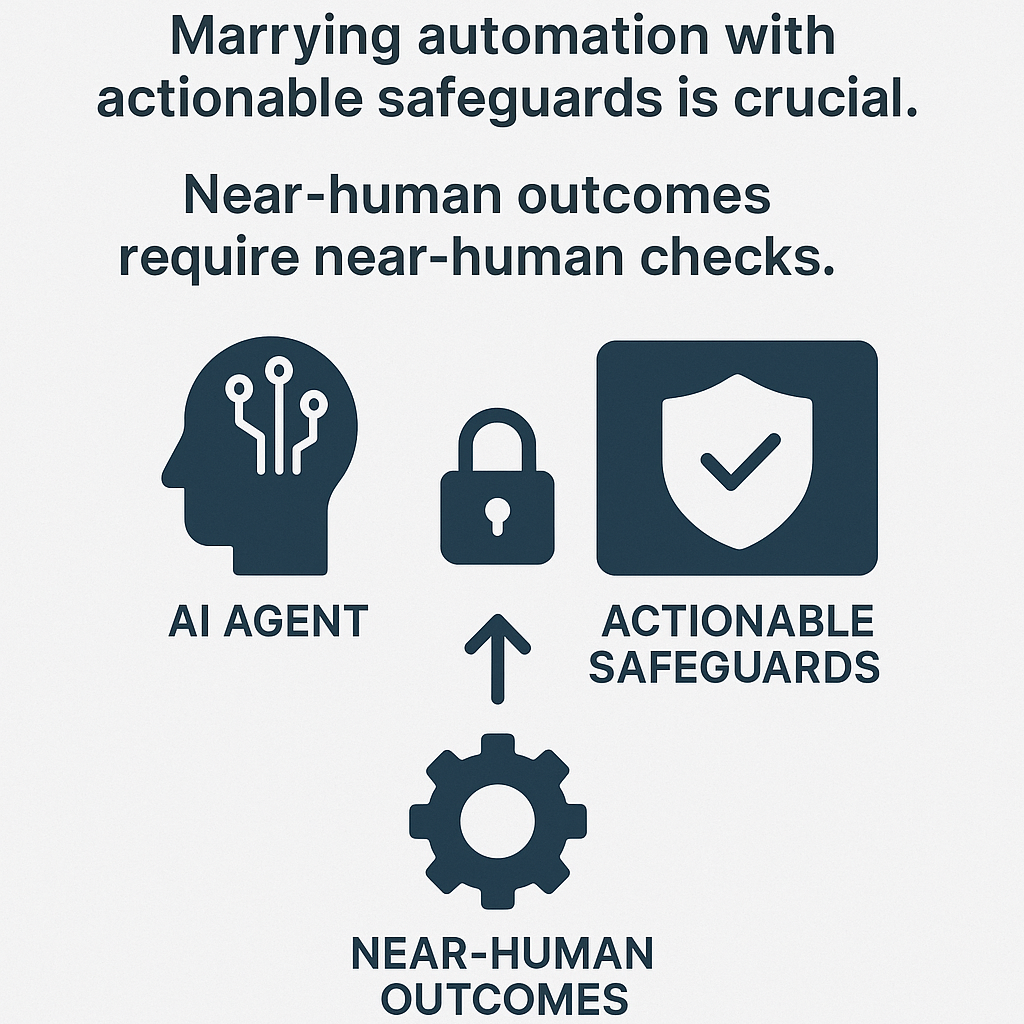Remember the chaos of the early cloud era—when misconfigured Amazon S3 buckets led to high-profile data breaches? Entire databases, customer records, and internal documentation were accidentally left open to the public. These were costly mistakes, not of technology failure, but of poor configuration and oversight.
Fast forward to 2025, and we stand at a similar inflection point—this time with autonomous AI agents.
AI agents, capable of automating workflows, analyzing data, and even executing code without human intervention, are revolutionizing how we work. They promise operational efficiency, reduced costs, and 24/7 intelligence. But without proper control, they also risk becoming the next cybersecurity crisis.
The Rise (and Risk) of AI Agents
AI agents today are being rapidly deployed in areas such as:
- Customer service automation
- Intelligent decision-making systems
- Code-writing copilots
- Data aggregation and analysis
- Financial reconciliation and anomaly detection
But here’s the issue: in the rush to adopt these tools, many organizations are not designing governance and control systems to match the complexity of the technology.
Here are the top risks that mirror the S3 debacle:
- Excessive Access Permissions
AI agents often need deep system-level access to do their jobs. But without granular permission controls, they may gain access to sensitive areas far beyond their scope—creating potential vulnerabilities for data leakage or malicious exploitation. - Continuous Exposure to Sensitive Data
From customer PII to payment information, agents process large volumes of critical data in real time. One flawed configuration or API call can trigger mass data exposure—instantly and silently. - Unclear Role Management in Multi-Agent Systems
In setups with multiple agents working in tandem (think agents writing reports while others act on them), the permission and communication complexity skyrockets. Without clarity, one agent can unintentionally leak tokens, internal documents, or even make unauthorized changes.
The Call for “Near-Human Checks” in Near-Human Systems
To unlock the potential of AI agents while avoiding catastrophic missteps, we must evolve our thinking. It’s not about just building smart agents—it’s about building safe, scalable ecosystems around them.
Here’s how:
🔐 1. Lock Down Permissions Like You Mean It
- Apply the principle of least privilege. Give agents access only to what they need—and nothing more.
- Use role-based access control (RBAC) frameworks designed for AI environments.
- Regularly audit access logs and rotate sensitive keys.
🧭 2. Real-Time Monitoring is Non-Negotiable
- Deploy logging and alerting systems that capture every agent action.
- Use anomaly detection tools that can flag strange behavior, like excessive API calls or unscheduled data pulls.
🧼 3. Limit Data Exposure Through Sanitization
- Mask or obfuscate data where full access isn’t necessary.
- Ensure temporary data used by agents is purged securely after completion.
🔒 4. Adopt a Zero-Trust AI Strategy
- Treat every AI agent as a potential internal threat.
- Require mutual authentication between agents and systems.
- Isolate agents in secure sandboxes whenever possible.
Automation Without Actionable Safeguards is a Time Bomb
It’s easy to be enamored by the promise of AI—but power without control has always been a risky bet. Organizations that don’t invest in operational guardrails today may soon find themselves repeating the mistakes of the past, only at a much larger scale.
Just as we matured in how we handle cloud storage, we must now do the same with AI agents. The good news? We have the tools. What we need is intentional design—automation embedded with accountability.
Closing Thoughts
If your AI strategy is purely focused on speed and scale, it’s incomplete. The next generation of digital transformation will be led by organizations that don’t just automate—but automate responsibly.
If you’re exploring how to implement secure AI agents in your enterprise—especially in regulated sectors like finance, healthcare, and government—let’s connect.
